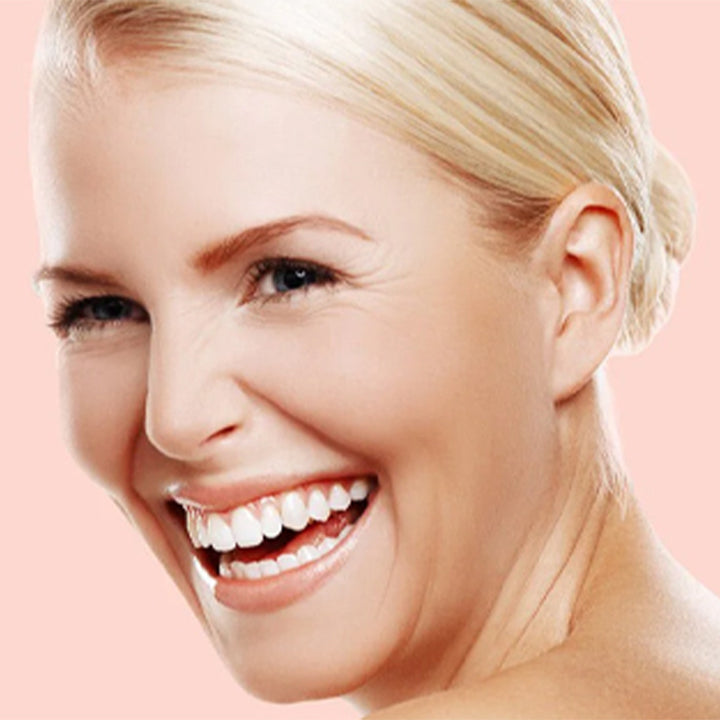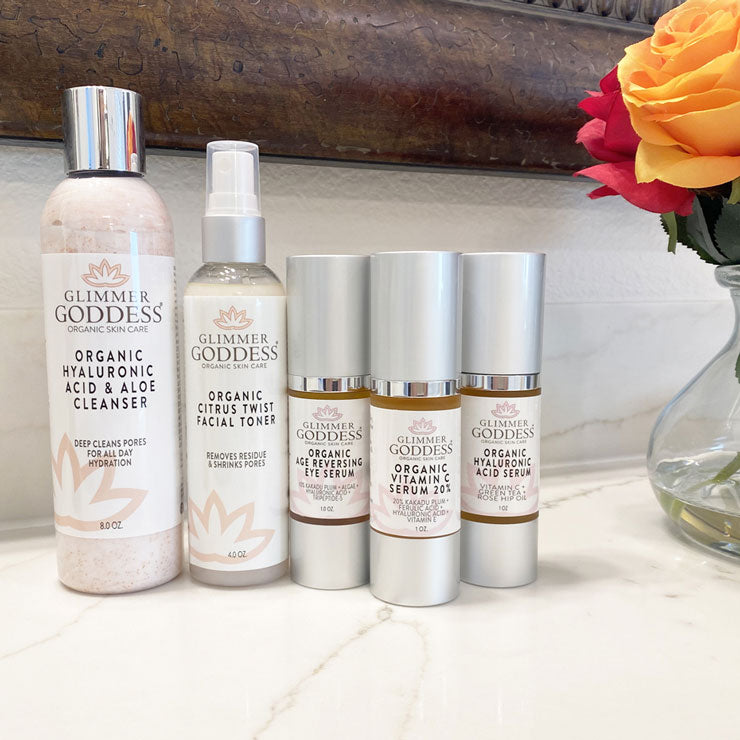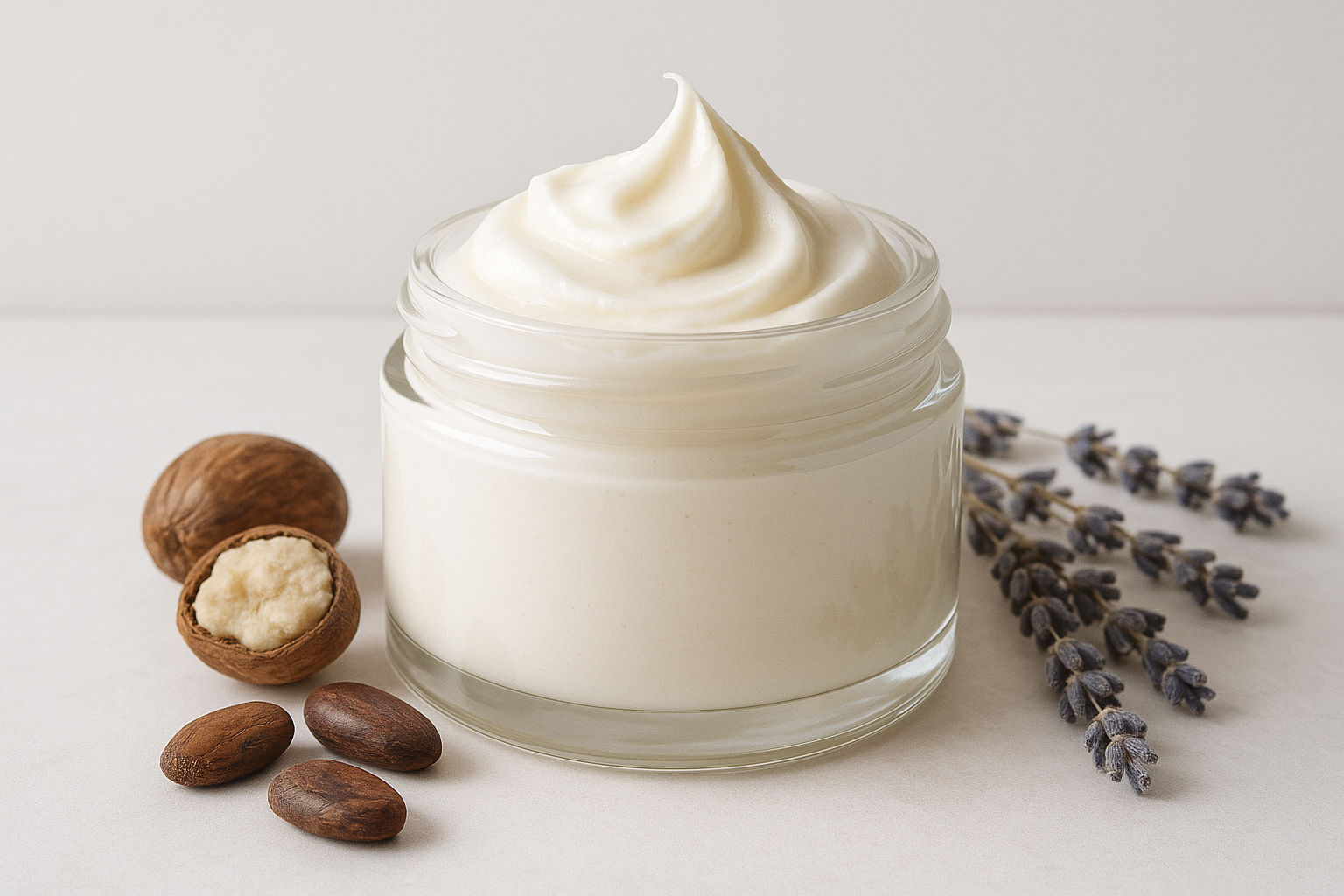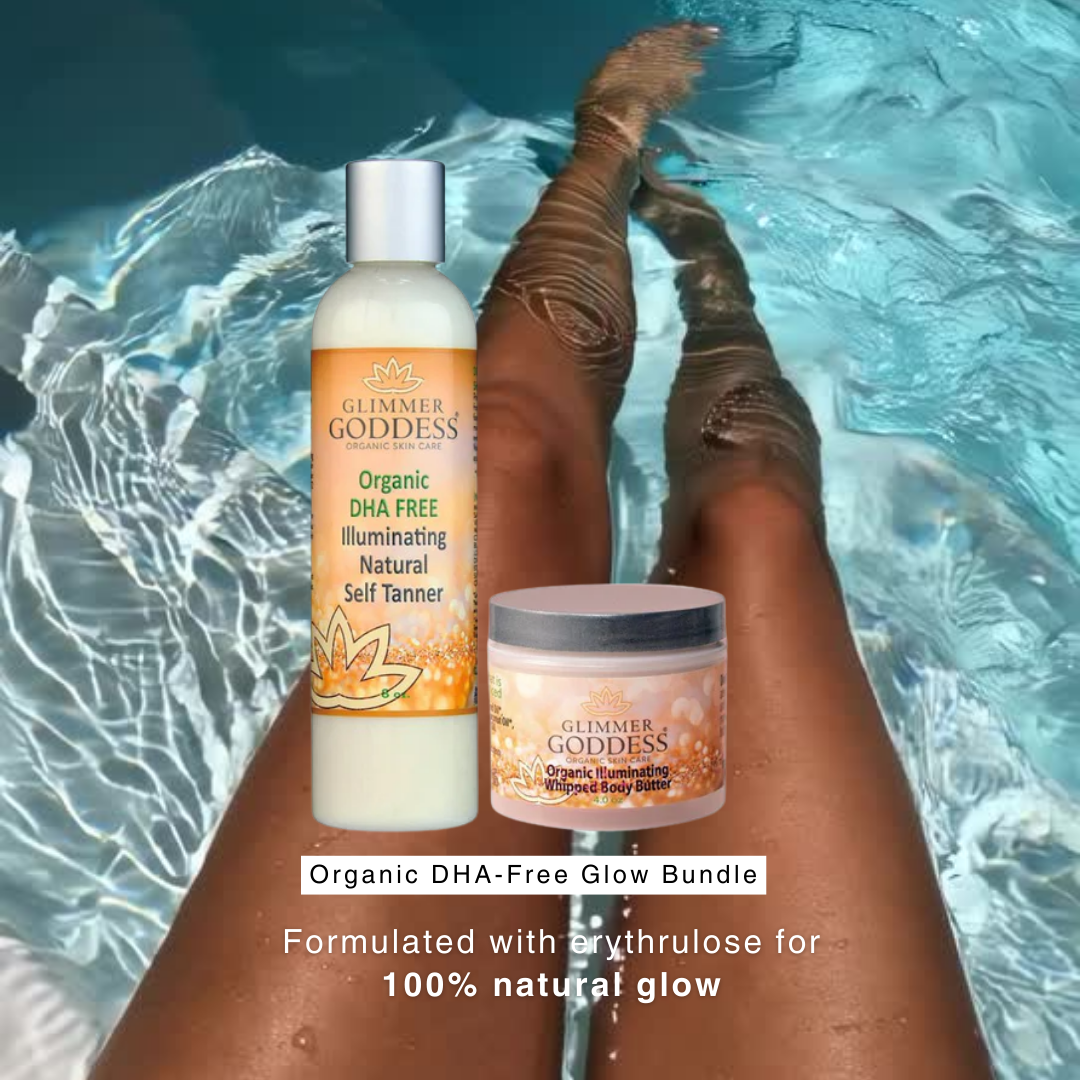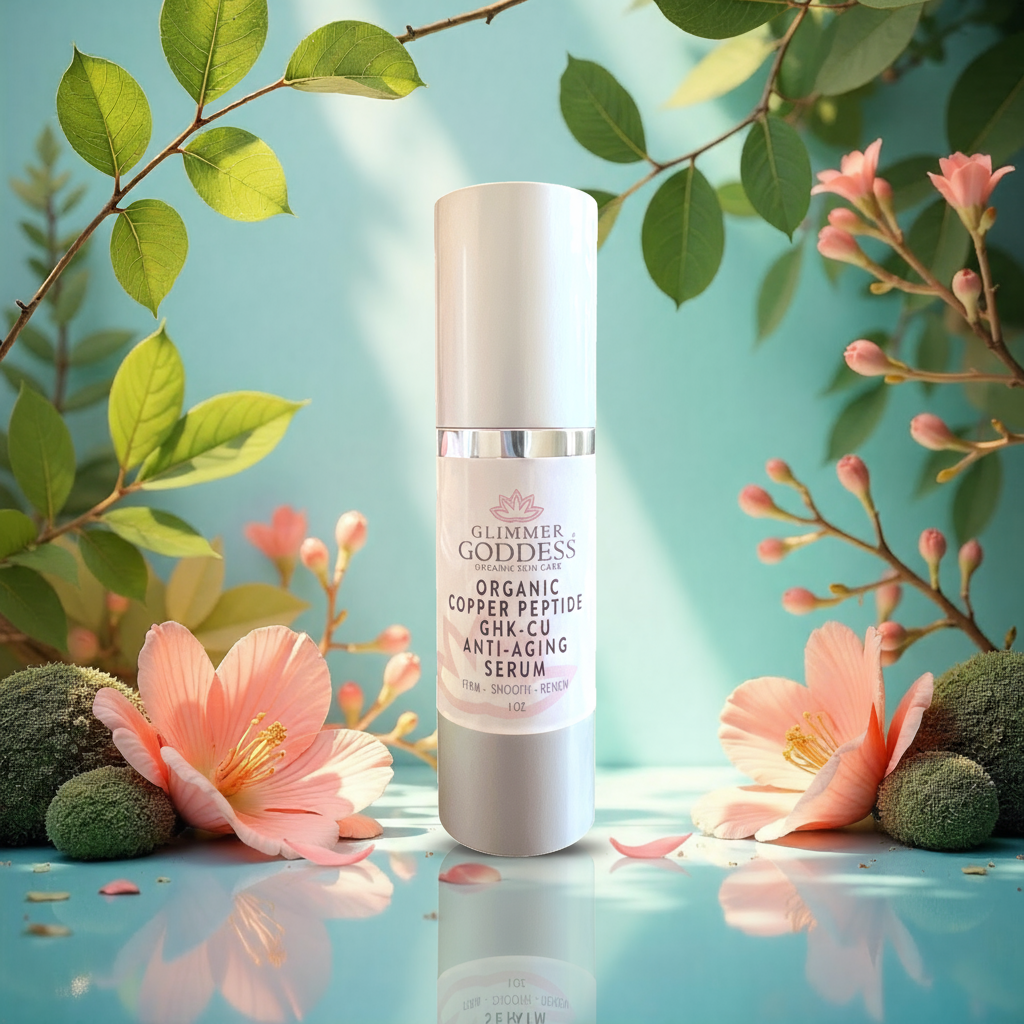
Copper Peptide Serum: Benefits, Use, and FAQs
Copper Peptide Serum: Benefits, Use, and FAQs
Copper peptides are a popular anti-aging ingredient prized for supporting collagen production, skin repair, and overall skin quality. Below you’ll find clear answers to common questions people search for about copper peptide serums and practical guidance to get safe, visible results.
1. Copper peptides before and after — what results should I expect?
“Before and after” results depend on skin type, age, consistency, and the product formula. Typical improvements many users see include:
- Improved hydration and skin plumpness within days to a couple weeks (often due to added hyaluronic acid).
- Softening of fine lines and expression wrinkles over 4–12 weeks with regular use.
- Gradual firming, improved tone and texture over 3–6 months when combined with a complete skincare routine.
Factors that affect results: concentration of GHK-Cu (or other copper peptides), complementary ingredients (like hyaluronic acid and antioxidants), sun protection, consistent use, and starting skin condition. For realistic expectations, look for clinical studies or user photos from the same product and be wary of dramatic overnight claims.
2. Can you use copper peptides with Retin-A (tretinoin)?
Combining copper peptides and tretinoin is common, but it requires a cautious approach to avoid irritation and ensure each ingredient performs well.
Practical tips
- Alternate or separate: Many people use tretinoin at night and a copper peptide serum in the morning. This reduces the chance of irritation and potential interactions.
- Layering carefully: If you want to use both at night, apply tretinoin first, wait 20–30 minutes for absorption, then apply the peptide serum. If irritation occurs, stop layering and alternate nights instead.
- Patch test: Try a small area for several days to check sensitivity before full-face use.
- Consult your dermatologist: Especially if you use prescription-strength retinoids or have sensitive skin.
3. Are there Neutrogena copper peptide products?
Brands occasionally introduce copper peptide formulas, but ingredient availability changes often. To find Neutrogena or any brand’s copper peptide product:
- Check the full ingredient list for terms like GHK-Cu, Copper Tripeptide-1, or "copper peptide."
- Read product descriptions and reviews to confirm potency and real-world performance.
- If you can’t find a trusted brand or the concentration isn’t listed, consider a tested alternative from a reputable skincare company.
Always prioritize a clean ingredient list and clinical backing when comparing over-the-counter options.
4. Can you use a copper peptide serum with a derma roller?
Microneedling (derma rolling) increases topical absorption but also raises the risk of irritation and infection if not done correctly. Here’s how to use them safely:
Safety and best practices
- Use a sterile roller and follow manufacturer hygiene steps.
- For professional microneedling, clinicians often apply peptides post-treatment to support healing. For at-home devices, be conservative: avoid applying strong actives immediately after needling.
- If you microneedle at home, wait 24–48 hours before applying potent actives unless the product is explicitly formulated for post-needling application.
- Start with short needle lengths (0.25–0.5 mm) at home and consult a professional for longer sessions.
- Stop use and seek care if you see signs of infection, excessive redness, or prolonged irritation.
5. How to make your own copper peptides — is DIY a good idea?
DIY copper peptide recipes are not recommended. Reasons:
- Stability: Copper peptides must be formulated and buffered correctly to remain effective and safe.
- Contamination risk: Water-based DIY serums can grow bacteria without proper preservatives.
- Dosage uncertainty: You won’t know the active concentration or its bioavailability, which affects both safety and results.
Instead of DIY, look for reputable, third-party tested serums that list GHK-Cu (or copper tripeptide) and supportive ingredients like hyaluronic acid, antioxidants (vitamin C), and soothing agents (aloe vera). That approach ensures stability, safety, and predictable performance.
Usage tips for best results
- Cleanse gently and apply the copper peptide serum to dry skin for better absorption.
- Follow with a moisturizer and daily SPF in the morning—sun protection is essential for anti-aging results.
- Be consistent: most peptide benefits build gradually with daily use.
- Combine with supportive actives thoughtfully: hyaluronic acid and peptides pair well; separate strong acids or retinoids if irritation occurs.
Recommended approach
If you want a ready-made, well-balanced option that combines copper peptide with hydrating and brightening ingredients, consider trying as part of a consistent skincare routine.
Pair it with sunscreen and gentle exfoliation for the best visible improvements over time.Final notes
Copper peptide serums can be a valuable part of an anti-aging routine when used safely and consistently. Prioritize reputable formulations, patch-test new products, and consult a dermatologist if you use prescription actives or have sensitive skin.




